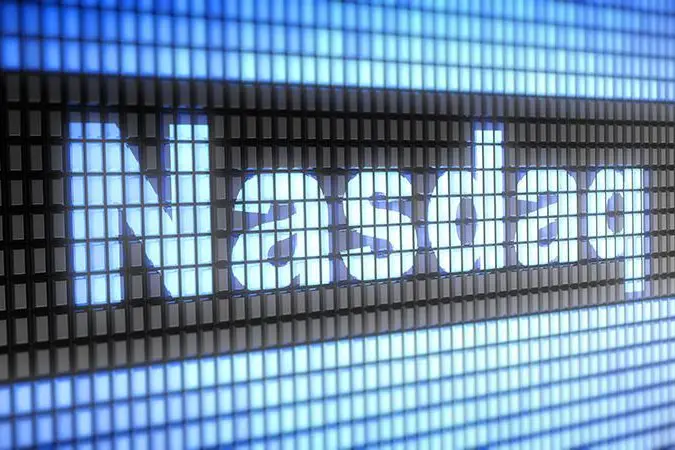PHOTO
After a robust performance in the first half of 2024, the MENA equity capital market (ECM) is expected to maintain the same growth rates in H2 thanks to liquidity in the GCC’s local markets and growing interest in the region among foreign investors, according to the global head of investment banking at EFG Hermes.
“The liquidity is still very supportive of good issuance, and markets are healthy. We are very positive,” Mostafa Gad told Zawya. “Can we expect another 11-billion ECM transaction? I do not think so, but what we expect is the same momentum in terms of volume or number of companies going to the public market.”
As one of the few growing economies around the globe, the GCC region remains particularly attractive to foreign investors, who seek alternatives to recession-stricken and slowly growing markets in Europe and China, Gad said.
MENA equity capital and equity-related issuance totalled $16.5 billion during the first half of 2024, almost three times the levels in 2023, and the highest first-half total in the region since 2008, according to LSEG. Proceeds from follow-up issuances accounted for $13 billion, with Saudi’s Aramco securing $11.2 in stock sales, followed by the UAE’s ADNOC Drilling Co.’s follow-up offering of nearly $1 billion.
More countries, diverse sectors
“Definitely, Saudi is dominating in terms of market share of deal count, but we are seeing more countries opening up,” Gad said. “We expect more participation from the UAE, Kuwait and Oman in the public market scene and a continuation of good stories coming from the private sector to the public market.”
In H1 2024, IPOs accounted for nearly 22% of the equity capital raised, with 23 deals, the highest first-half total since 2008.
“I think the number of IPOs in the second half of the year will be comparable to what we saw in the first half. I cannot say it will exceed it, because it was already high,” said Gad. “There is still a strong pipeline in Saudi Arabia, the UAE and Oman,” he added.
Although growth in the first half was driven by the oil sector, Gad expects the diversification of the Saudi economy to reflect more on the market in the second half.
“You will find healthcare, infrastructure plays, tech plays, all verticals of the economy will be represented in the next wave,” Gad said. “Even real estate is starting to garner an appetite. Maybe in the second half we will find one or two Saudi real-estate companies coming into the market.”
However, Gad contended that it was time for Saudi’s hospitality sector to engage more in the public market, given the influx of expats following the government’s easing of visa laws for individuals and foreign businesses in recent years.
“Expats need good hotels, better rooms and office spaces. Hospitality and office buildings can do well; however, these are sectors that are not really well represented yet.” Gad said.
As to the UAE, Gad hopes retail and tourism sectors will become better represented in the public market. “Retail and tourism are two strong pillars of the emirati story. They are the driving factors of economic growth, especially in Dubai. I hope we see more of this.”
EFG Hermes was placed first in the MENA equity capital market underwriting table in H1 2024, with a 10.9% market share, eight issues and nearly $1.8 billion in proceeds. The 25-year-old investment bank was followed by HSBC, which secured 8% market share and total proceeds of nearly $1.3 billion, according to LSEG.
“We have very good knowledge on both sides,” said Gad. “On the issuer side and the company side, we know most of the important players. We also understand all investors that come to the region and how they invest.”
Competitive investment feeds
Investment banking fees generated in the MENA region reached $724 million in the first half of 2024, recording a 23% increase from last year. According to LSEG, the fees generated were the third highest first-half total in the region since 2000.
Gad expects the pressure on investment banking fees per ECM issuance deal to continue in the second half as more investment banks are coming into the region to compete over prospective deals.
“You have all those global and Europe-based banks that are all focused on the region because their home markets are not doing well,” he said. “Per deal, maybe fees are getting pressured a bit across the board, but what offsets that is the volume.”
However, Gad sees better prospects for his bank’s M&A advisory fees.
“In M&A, we still see a very healthy fee level, especially in the mid to large markets that we operate in and cross-border in the MENA region,” said Gad.
In H1 2024, advisory fees earned from completed M&A transactions in MENA totalled $130.7 million, a 14% increase from the lows in 2023.
“I think M&A will continue to be on the same level, more or less, as the last six months,” he said. However, an expected drop in interest rates in the fall can reinvigorate the M&A scene as it will become cheaper for investors to receive loans and buy new companies, he added.
Challenges ahead
Despite the overall reassuring outlook, Gad warns that there are still regional and global uncertainties.
“Regionally, we have geopolitical risks, which are always a threat. Second, we have a very important year given all the elections that took place in Europe and the upcoming US elections. What will be the politics of the new leaders of the world? How are they going to deal with trade and trade wars? Where does the MENA region fall in all of this?” he said.
The future of oil prices is another unanswered question that can impact the levels of liquidity in the region, he added. “Are we going to witness a drop, stability or an increase in oil prices? If oil prices are pressured, it will definitely affect everything,” Gad said.
(Reporting by Noha El Hennawy; editing by Seban Scaria seban.scaria@lseg.com)






















